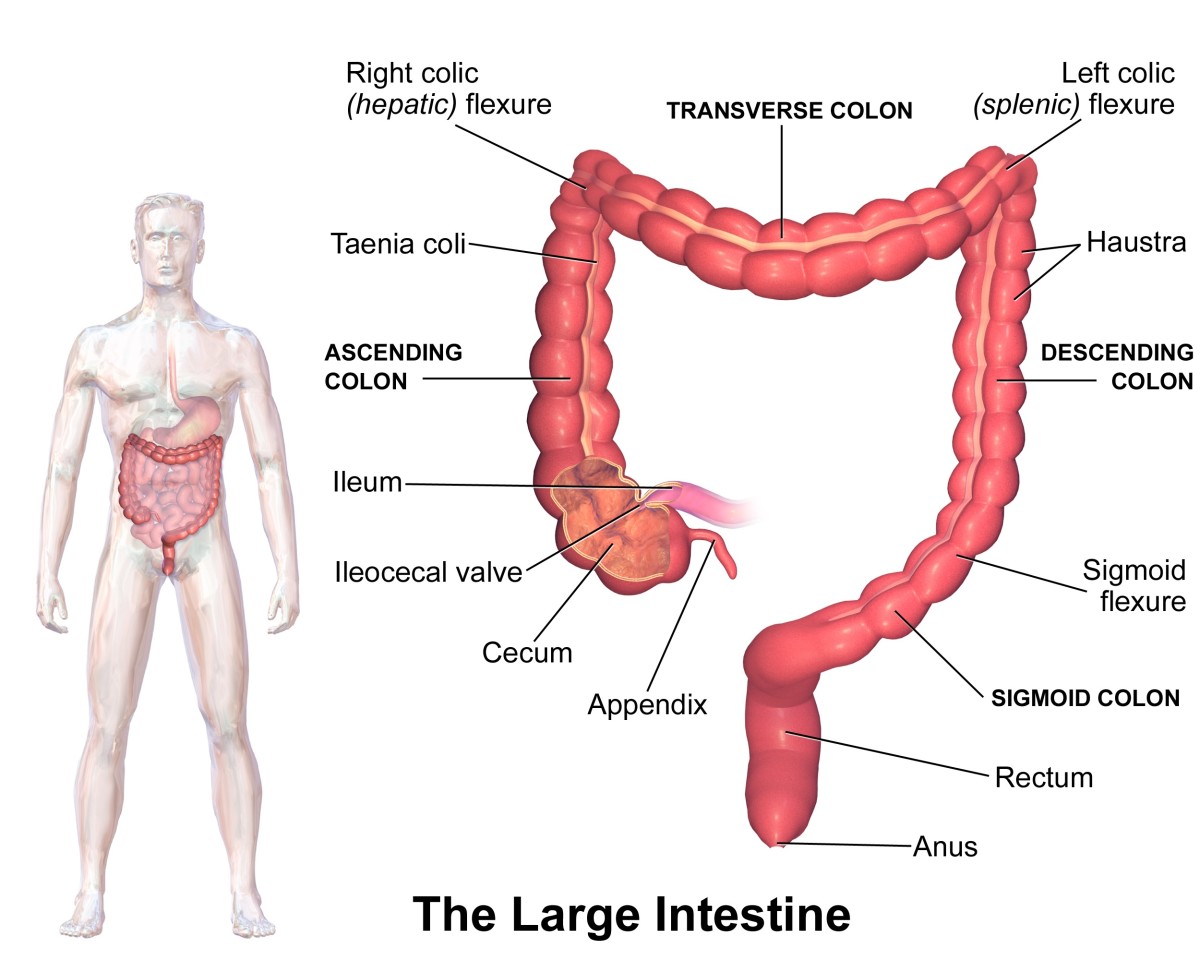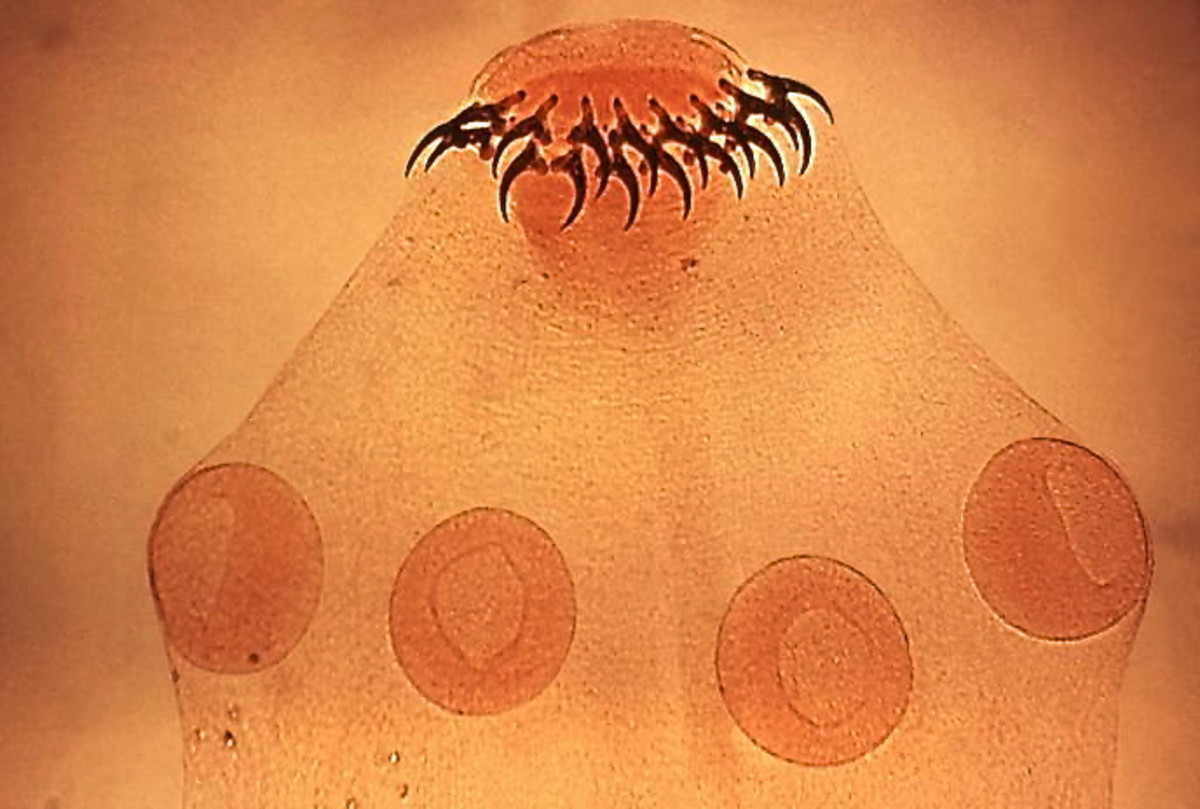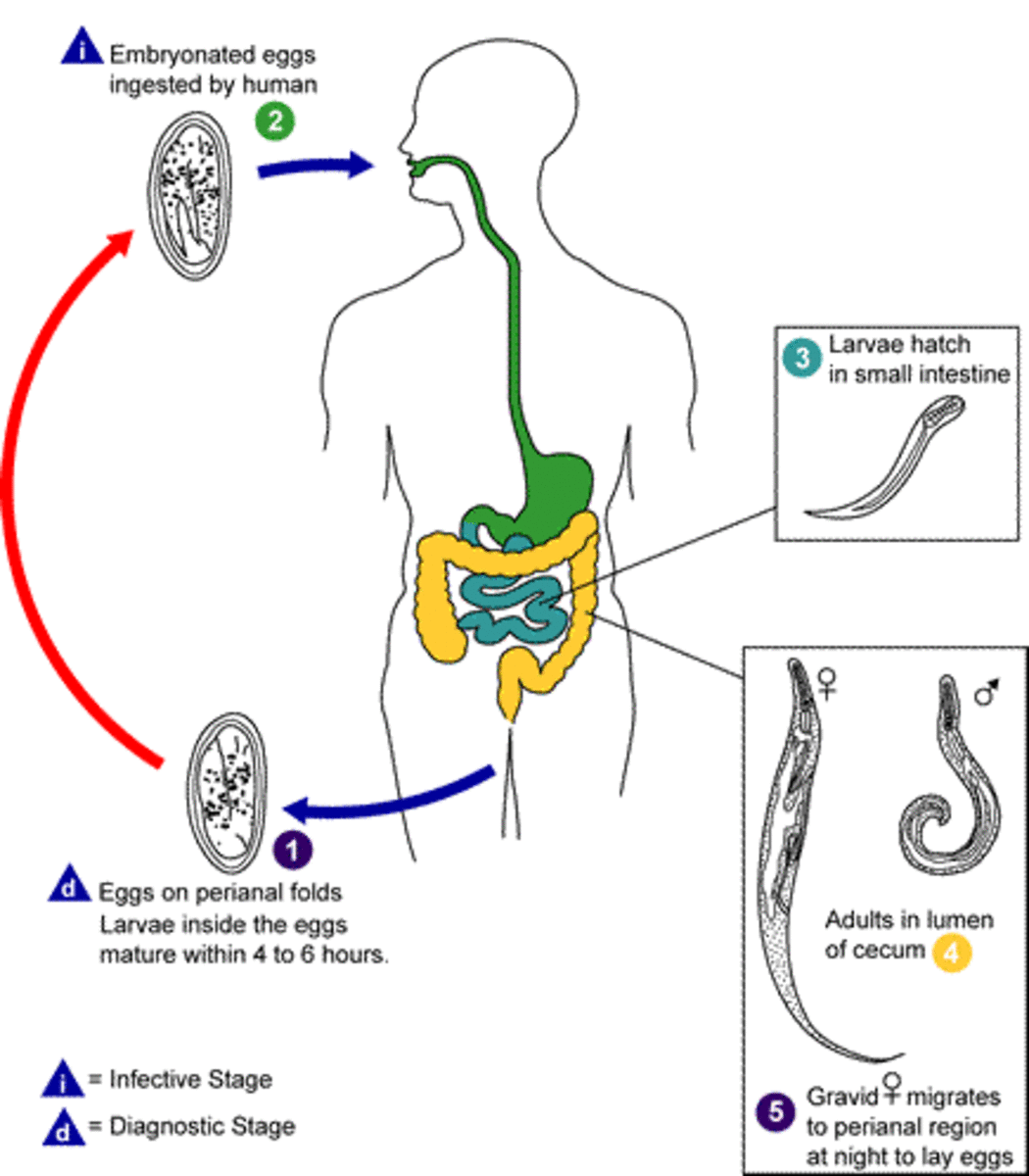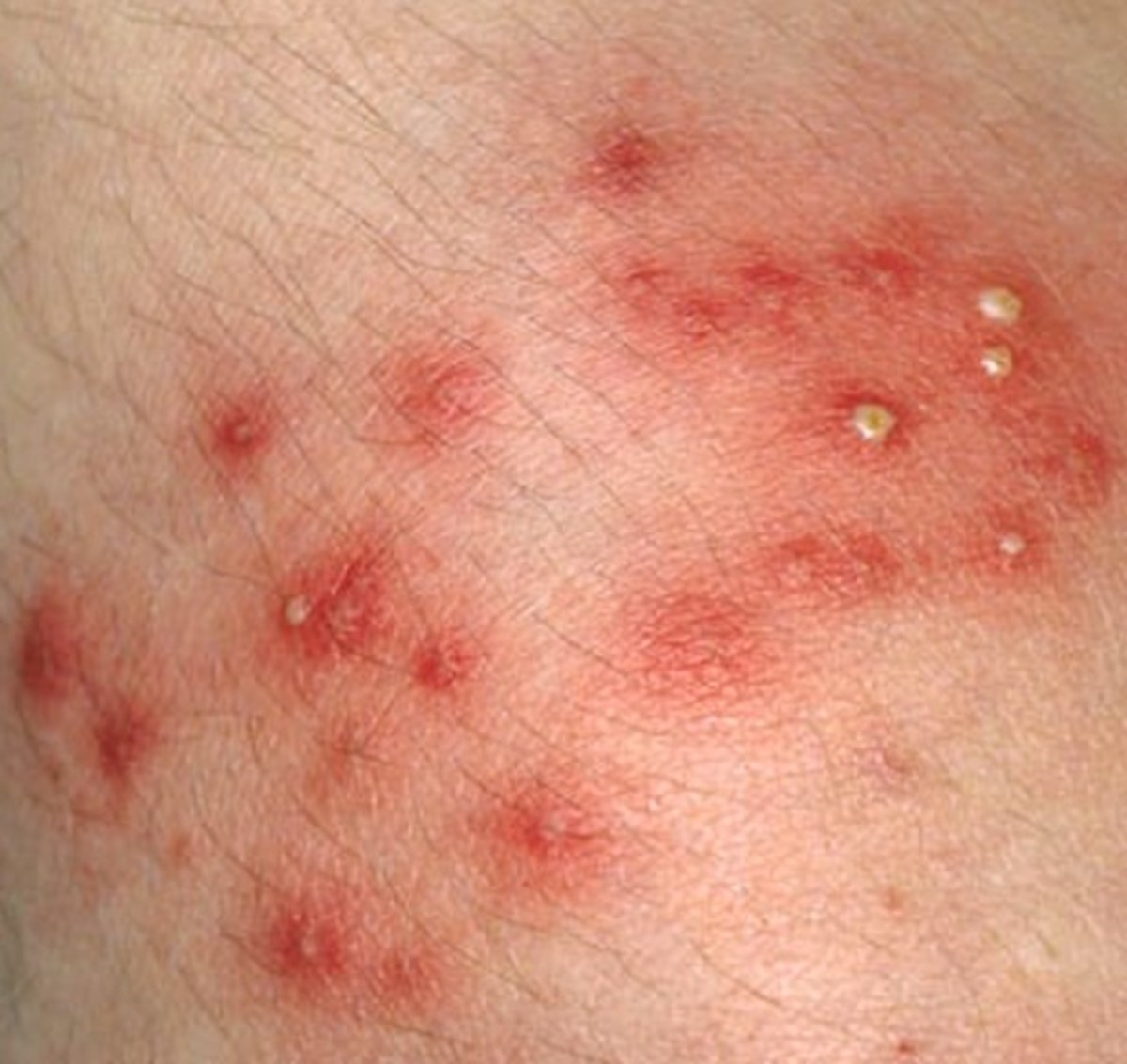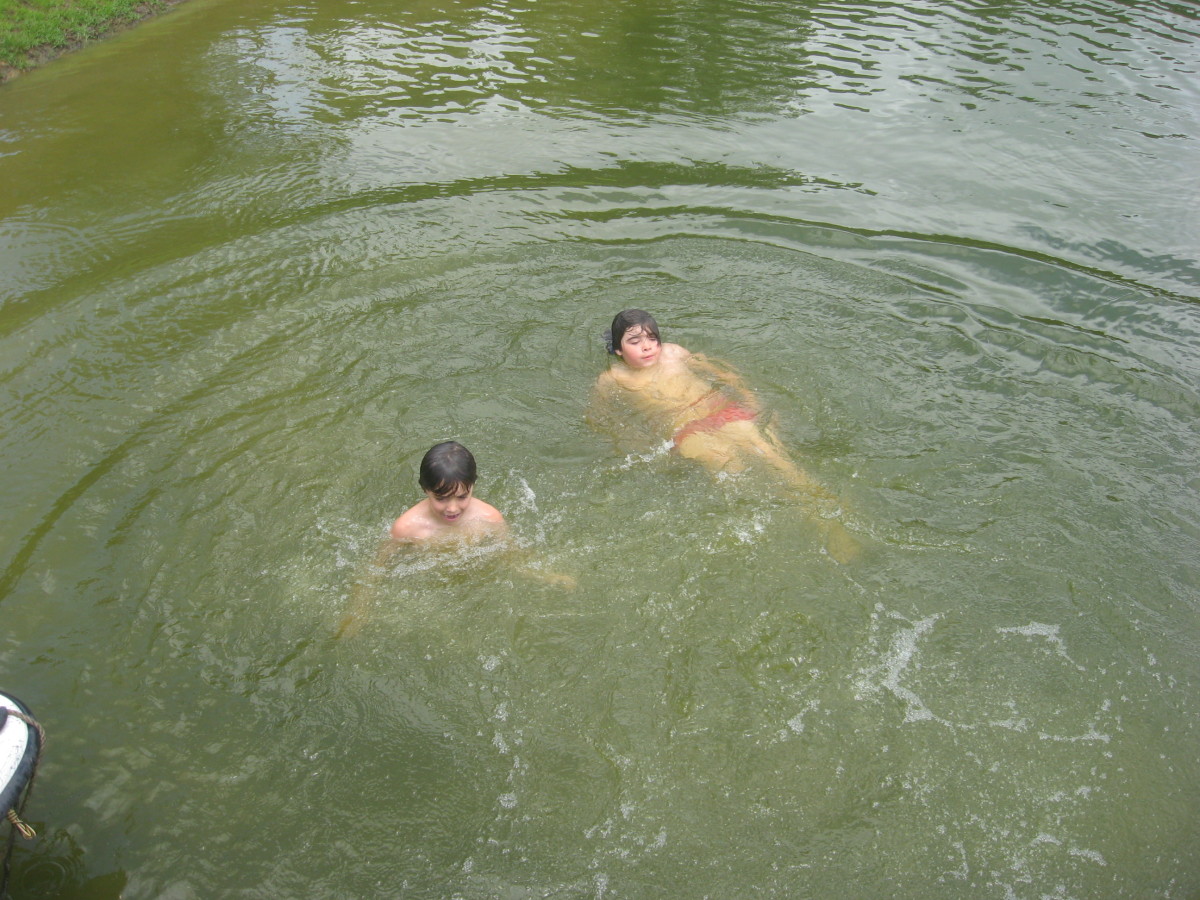5 Most Common Human Parasites You Might Have Right Now
Many people think that having parasites is something that only happens in the developing world or to those who travel through the few wildernesses remaining. This is far from true. Parasites have been with us since the dawn times and are just as resilient now as they were all those eons ago. Well equipped to live undetected within us, some may survive inside a person for many years without any symptoms. Below is a list of the 5 most common parasites that affect the modern population.
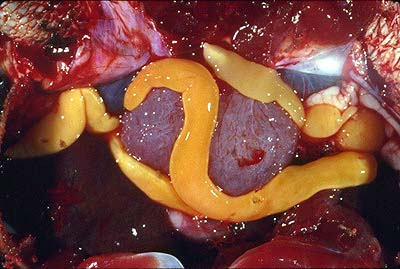
Tapeworm
Tapeworms are long, flat worms with a distinctly segmented body. Whilst rare in the western world, tapeworms are extremely common in other continents and are easily transmitted from the ingestion of under cooked meat. Tapeworms generally achieve alarming sizes, some of them growing up to 15 meters. They usually reside in the intestines of humans and other animals, mostly cows and pig, which is usually where people get them from.
When the larvae is eaten, it passes through the digestive system until it reaches the intestines. Then it latches onto the intestinal wall and begins to feed and grow. Tapeworms can live for a long, long time - up to 30 years or so, and usually they go unnoticed by their host. As long as they remain in the intestine that is; sometimes the tiny larva ends up in other parts of the body such as the brain or lungs, where it can cause serious potential harm. The danger is posed by the maturing tapeworm's eggs as they are released into the body. Most of these will pass out through the feces, but some can also end up in unwanted places.
A tapeworm infection usually does not present any symptoms but in rare occasions they have been known to cause weight loss, diarrhea, fatigue, constipation and nausea.
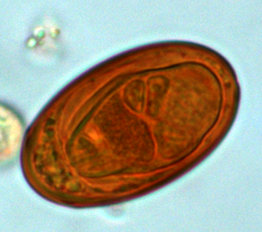
Flukes
Liver flukes are small trematodes, a type of flatworm, that normally infect the bile ducts and liver of their host. Almost all trematodes start their life cycle in molluscs, and it is usually through the consumption of freshwater fish that people become infected. Other means of infection include walking bare-foot through areas in which flukes are present, as their larva may attach and burrow into the exposed flesh.
Once inside the body, the little fluke will burrow through the skin and flesh until it reaches the bile ducts or liver, where it begins to feed. These parasites are usually small, although there are a few species that can reach a couple of centimeters in diameter. As a result of their size, most infections go unnoticed for years. A fully mature fluke will eventually cause a chronic inflammation of the bile ducts as it reaches the end of its life-cycle, which can often lead to gallstones, but even in this case the infection will largely go unnoticed unless specifically looked for.
Liver flukes can be contracted anywhere there are freshwater mollusks with the majority of cases occurring in South East Asia.
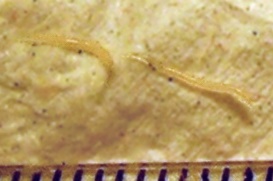
Pinworm
Pinworms are one of the most common parasites to infect Europe and North America. They are tiny, thread-like worms usually less than a centimeter in length. They live in the rectum and are incredibly infectious, with their eggs attaching like glue to skin and clothing, and even becoming airborne to spread the infection over a limited area.
These are one of the more noticeable kinds of parasitic infection. Pinworms crawl out of the anus at night to lay their eggs on the surrounding skin, an activity that is often very itchy. Resisting the temptation to scratch is key, however as scratching is one of the most effective ways for them to spread their eggs. Once an egg is ingested that person is infected and the asexual pinworms will grow and multiply rapidly.
A pinworm infection may be uncomfortable and disgusting but the little parasites do not cause any diseases or complications and are fairly straightforward to get rid of.
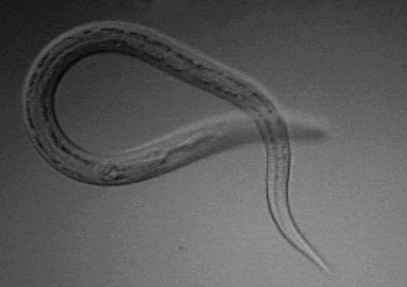
Hookworm
Hookworms are small nematodes that can usually be found in other mammals. There are only two species of hookworm that have been known to regularly infect humans; most will simply wither and die if they by chance happen to find themselves inside of us. The spread of these two species is largely perpetrated by dogs and cats, as it is through walking over soil contaminated with infected feces that the parasites usually find a way inside.
The larva (not eggs) enter through the feet, often leaving an itchy patch of skin, and travel through the body along the bloodstream until they find themselves in the lungs. In the lung they irritate the tissue until the host eventually coughs them up. If that mucus is swallowed and not spat out, then the hookworm ends up in the small intestine which is exactly where it wants to be.
Hookworms can exist in the body in harmony for their entire life cycle without causing problems. The issue is in how successful they are. Once inside the small intestine, a hookworm can grow and mature in a few weeks, and then start producing up to 30,000 eggs a day. If not all of these eggs make their way out of the body, there is a good chance they are going to end up in the small intestine, where they will repeat the cycle. Eventually the host becomes full of the nematodes and this is where the problems start. A heavy infection of hookworms can lead to a host of issues such as lethargy, mental incapacity, weight loss and digestive issues.
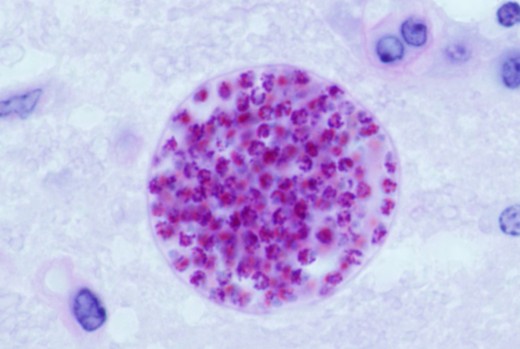
Toxoplasma Gondii
Toxoplasma Gondii is probably the most well known parasite on this list. It gained some attention a few years back when it was found out that nearly a third of the world's population was infected with this microscopic little parasite, and more alarmingly, that being infected might alter your brain.
As much as we would not like to be infected by this one-celled creature, it also doesn't really want to infect us. It's ideal host is the intestine of a domesticated house cat and it goes to great lengths to try and get there. It starts it's life cycle as an egg that has recently been excreted from a feline. It will then infect any rodents - generally rats and mice - that expose themselves to the feces. Once inside the hapless rodent, it then makes it's way to the brain, changing the way the animal thinks to suit its purposes. Rats and mice that are infected with Gondii appear to lose their instinctive fear of predators; they have been observed to actually seek out cats instead of running away. The feline eats the rodent and the sinister little parasite ends up in it's ideal home.
If a person comes into contact with the feces of an infected cat, the parasite finds itself somewhere it shouldn't be; inside us. So it makes it's way to the brain as it would in a rodent, and does the same thing to our mind as it would to the rat. Gondii infections are generally symptom-less and many people have absolutely no idea that they are infected at all.

